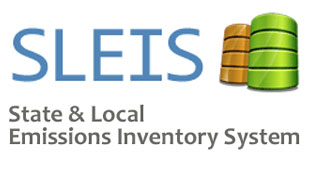|
|
|
Program-Specific Information
|
|
|
|
Definitions
|
|
Emission Inventory:
A listing, by source, of the amounts of pollutants actually discharged over a period of time-usually annually.
Emission Factor:
The relationship between the amount of pollution produced and the amount of raw material processed or number of product units produced.
|
|
|
The DNR Emissions Inventory Unit is responsible for reviewing and estimating air pollution data from a variety of sources throughout the state. Examples of emissions inventory data include:
Point Sources:
Discrete stationary sources, such as smoke stacks from industrial facilities and fermentation processes.
Mobile Sources:
Both on-road sources, such as cars and trucks, and nonroad sources, such as agricultural equipment, construction equipment, trains, airplanes, etc.
Biogenic Sources:
All non-anthropogenic sources, such as trees and vegetation, oil and gas seeps, and microbial activity.
Nonpoint Sources:
Sources that are not classified as point, mobile, or biogenic, such as residential fuel use.
Continuous monitoring data, stack testing, emission factors, and material balance calculations are used to generate emission estimates. Because of the technical and complex nature of air emissions calculations, the emissions inventory unit provides a variety of technical assistance for completing an emissions inventory.
The Emissions Inventory Unit maintains a database of criteria and hazardous air pollutant data that is used to track progress towards National Ambient Air Quality Standards, perform regional modeling, develop control and maintenance strategies, identify sources and general emission levels, determine compliance with emission regulations, and meet Environmental Protection Agency requirements.
Report your emissions data to DNR using the SLEIS database:
https://programs.iowadnr.gov/sleis

